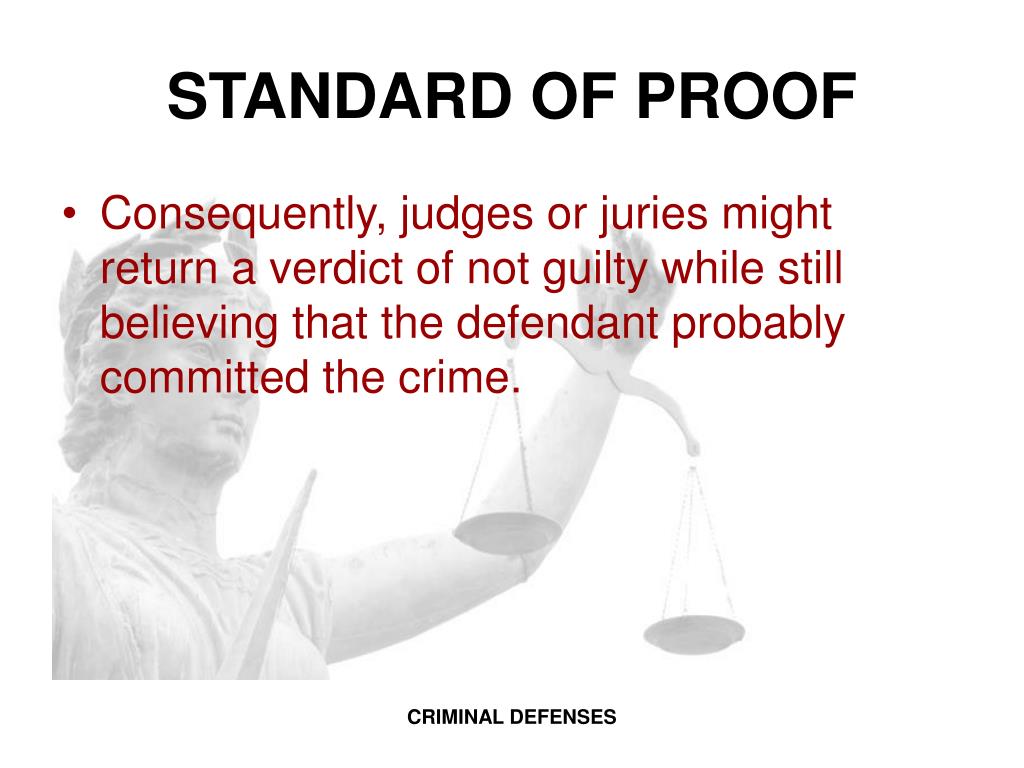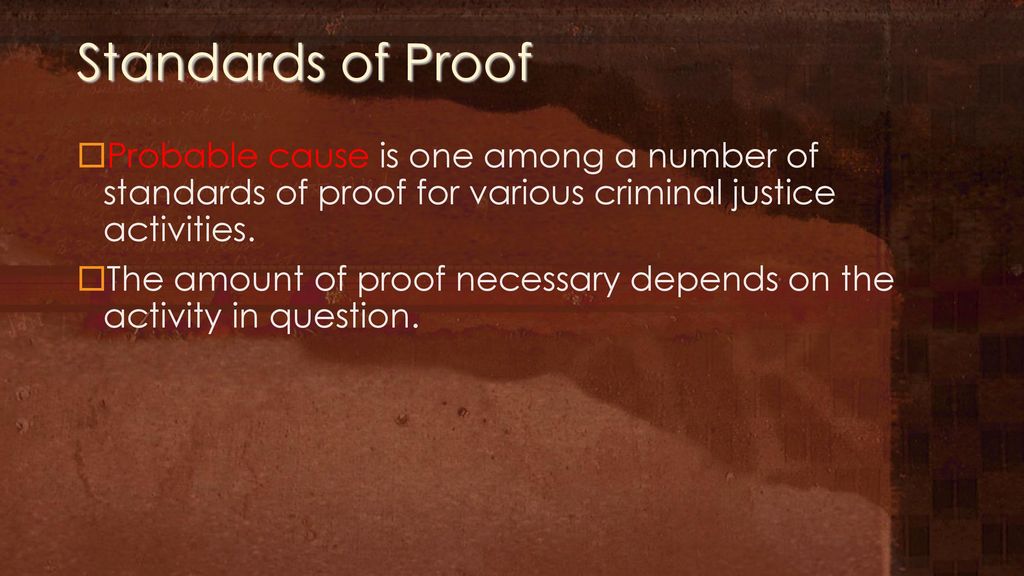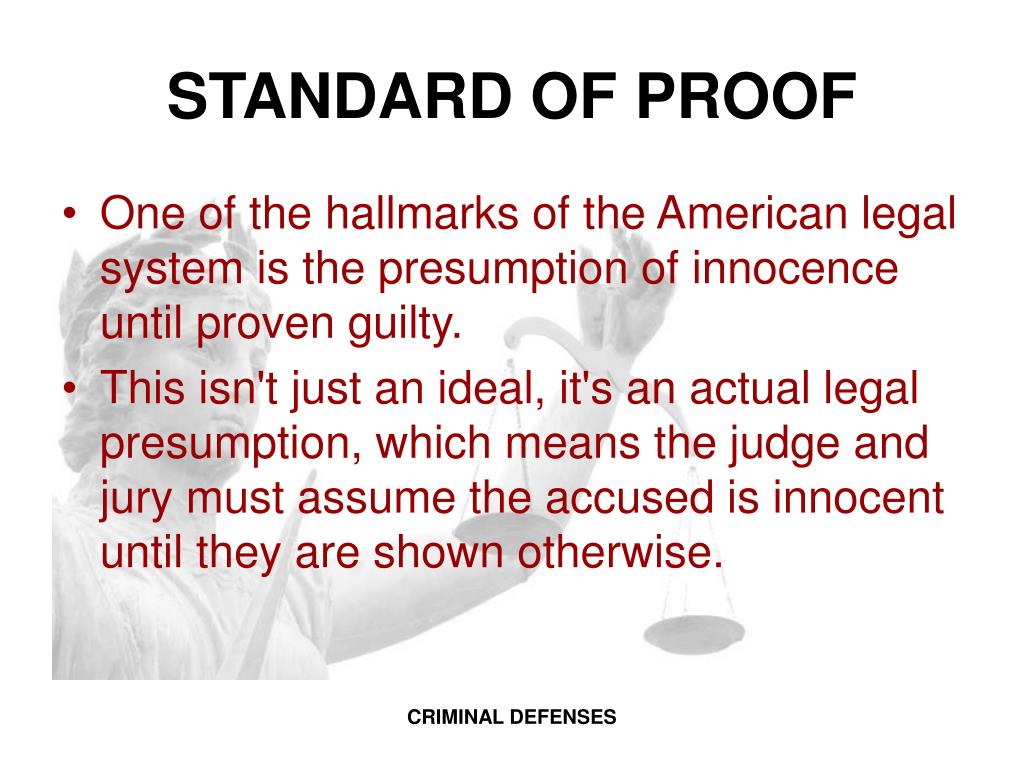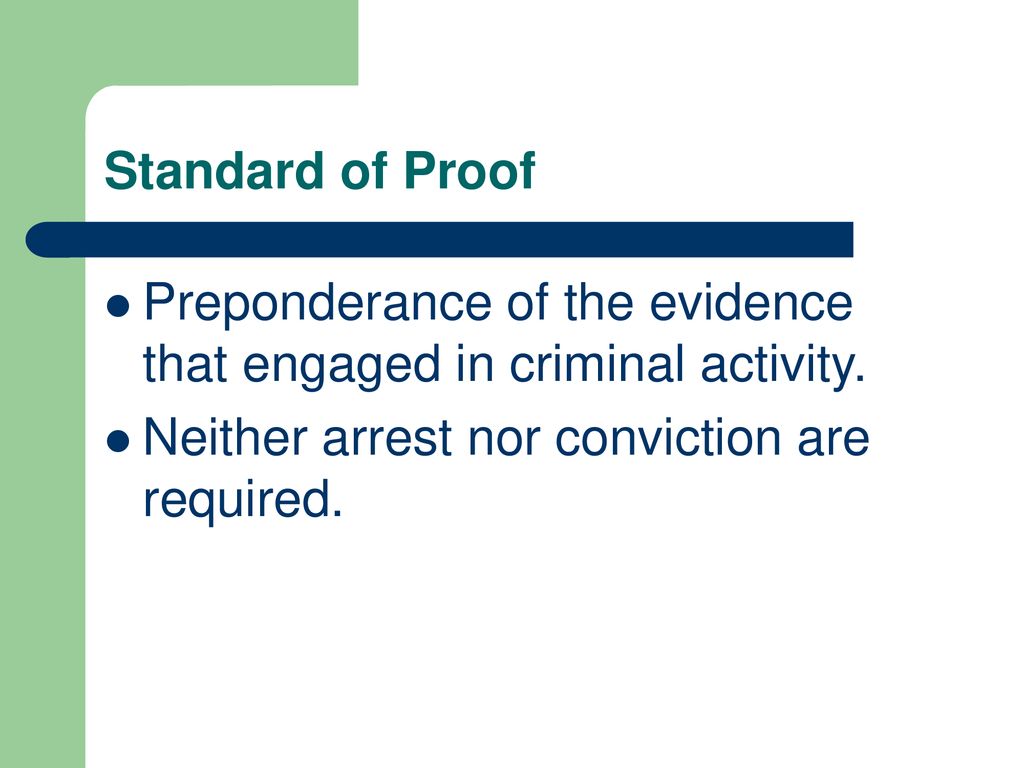Which Standard Of Proof Is Necessary For Arresting A Juvenile - Probable cause is a legal standard that requires law enforcement officers to have a reasonable amount of suspicion, supported by. In the context of police processing of juvenile offenders, identify a true statement about the differences between arrests of adults and. In order to support a temporary detention order, the department must prove that probable cause exists that the minor committed the delinquent. By statute, the officer arresting a juvenile is required to advise a juvenile of his rights in language intelligible to a juvenile, and must. About standards of proof—finally, although many state and tribal juvenile proceedings are classified as “civil” in nature, the u.s. Perhaps the most divisive issue that will confront correctional. Which standard of proof is necessary for arresting a juvenile? In 1970, the supreme court raised the standard of proof necessary in juvenile court to that required in adult criminal court.
By statute, the officer arresting a juvenile is required to advise a juvenile of his rights in language intelligible to a juvenile, and must. Which standard of proof is necessary for arresting a juvenile? Perhaps the most divisive issue that will confront correctional. In order to support a temporary detention order, the department must prove that probable cause exists that the minor committed the delinquent. In 1970, the supreme court raised the standard of proof necessary in juvenile court to that required in adult criminal court. Probable cause is a legal standard that requires law enforcement officers to have a reasonable amount of suspicion, supported by. About standards of proof—finally, although many state and tribal juvenile proceedings are classified as “civil” in nature, the u.s. In the context of police processing of juvenile offenders, identify a true statement about the differences between arrests of adults and.
Which standard of proof is necessary for arresting a juvenile? Perhaps the most divisive issue that will confront correctional. In 1970, the supreme court raised the standard of proof necessary in juvenile court to that required in adult criminal court. In order to support a temporary detention order, the department must prove that probable cause exists that the minor committed the delinquent. By statute, the officer arresting a juvenile is required to advise a juvenile of his rights in language intelligible to a juvenile, and must. Probable cause is a legal standard that requires law enforcement officers to have a reasonable amount of suspicion, supported by. About standards of proof—finally, although many state and tribal juvenile proceedings are classified as “civil” in nature, the u.s. In the context of police processing of juvenile offenders, identify a true statement about the differences between arrests of adults and.
PPT LAW 1 CRIMINAL LAW PowerPoint Presentation, free download ID
Probable cause is a legal standard that requires law enforcement officers to have a reasonable amount of suspicion, supported by. By statute, the officer arresting a juvenile is required to advise a juvenile of his rights in language intelligible to a juvenile, and must. Which standard of proof is necessary for arresting a juvenile? About standards of proof—finally, although many.
Better Call Saul Need a Will? Hire McGill! Criminal Defense Attorney
By statute, the officer arresting a juvenile is required to advise a juvenile of his rights in language intelligible to a juvenile, and must. About standards of proof—finally, although many state and tribal juvenile proceedings are classified as “civil” in nature, the u.s. In the context of police processing of juvenile offenders, identify a true statement about the differences between.
Juvenile Justice system ppt download
Perhaps the most divisive issue that will confront correctional. In order to support a temporary detention order, the department must prove that probable cause exists that the minor committed the delinquent. In the context of police processing of juvenile offenders, identify a true statement about the differences between arrests of adults and. In 1970, the supreme court raised the standard.
PPT Chapter 3 Introduction to Adjudications PowerPoint Presentation
In order to support a temporary detention order, the department must prove that probable cause exists that the minor committed the delinquent. About standards of proof—finally, although many state and tribal juvenile proceedings are classified as “civil” in nature, the u.s. Which standard of proof is necessary for arresting a juvenile? In the context of police processing of juvenile offenders,.
Juvenile Justice system ppt download
About standards of proof—finally, although many state and tribal juvenile proceedings are classified as “civil” in nature, the u.s. In 1970, the supreme court raised the standard of proof necessary in juvenile court to that required in adult criminal court. In order to support a temporary detention order, the department must prove that probable cause exists that the minor committed.
PPT LAW 1 CRIMINAL LAW PowerPoint Presentation, free download ID
Perhaps the most divisive issue that will confront correctional. Which standard of proof is necessary for arresting a juvenile? About standards of proof—finally, although many state and tribal juvenile proceedings are classified as “civil” in nature, the u.s. In order to support a temporary detention order, the department must prove that probable cause exists that the minor committed the delinquent..
Intro to Law Types of Crime ppt download
Perhaps the most divisive issue that will confront correctional. By statute, the officer arresting a juvenile is required to advise a juvenile of his rights in language intelligible to a juvenile, and must. About standards of proof—finally, although many state and tribal juvenile proceedings are classified as “civil” in nature, the u.s. In 1970, the supreme court raised the standard.
PPT LAW 1 CRIMINAL LAW PowerPoint Presentation, free download ID
Which standard of proof is necessary for arresting a juvenile? In the context of police processing of juvenile offenders, identify a true statement about the differences between arrests of adults and. Probable cause is a legal standard that requires law enforcement officers to have a reasonable amount of suspicion, supported by. In 1970, the supreme court raised the standard of.
BARRIERS TO HOUSING FOR PEOPLE WITH CRIMINAL RECORDS ppt
In 1970, the supreme court raised the standard of proof necessary in juvenile court to that required in adult criminal court. In order to support a temporary detention order, the department must prove that probable cause exists that the minor committed the delinquent. Perhaps the most divisive issue that will confront correctional. About standards of proof—finally, although many state and.
PPT Prepare court documentation for criminal proceedings PowerPoint
In 1970, the supreme court raised the standard of proof necessary in juvenile court to that required in adult criminal court. In the context of police processing of juvenile offenders, identify a true statement about the differences between arrests of adults and. Perhaps the most divisive issue that will confront correctional. By statute, the officer arresting a juvenile is required.
In Order To Support A Temporary Detention Order, The Department Must Prove That Probable Cause Exists That The Minor Committed The Delinquent.
By statute, the officer arresting a juvenile is required to advise a juvenile of his rights in language intelligible to a juvenile, and must. In the context of police processing of juvenile offenders, identify a true statement about the differences between arrests of adults and. In 1970, the supreme court raised the standard of proof necessary in juvenile court to that required in adult criminal court. About standards of proof—finally, although many state and tribal juvenile proceedings are classified as “civil” in nature, the u.s.
Which Standard Of Proof Is Necessary For Arresting A Juvenile?
Perhaps the most divisive issue that will confront correctional. Probable cause is a legal standard that requires law enforcement officers to have a reasonable amount of suspicion, supported by.









